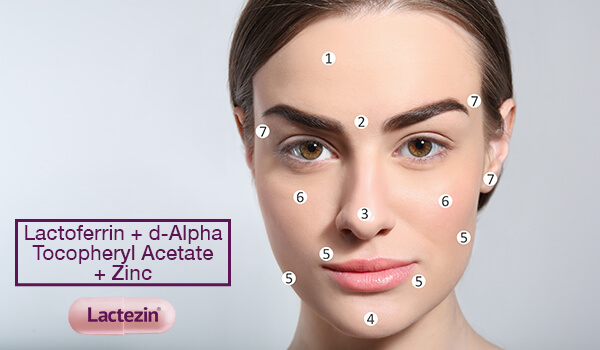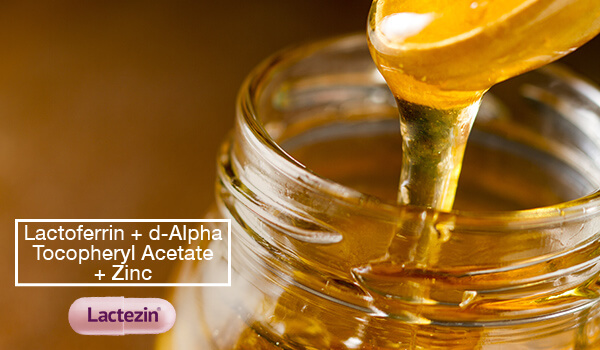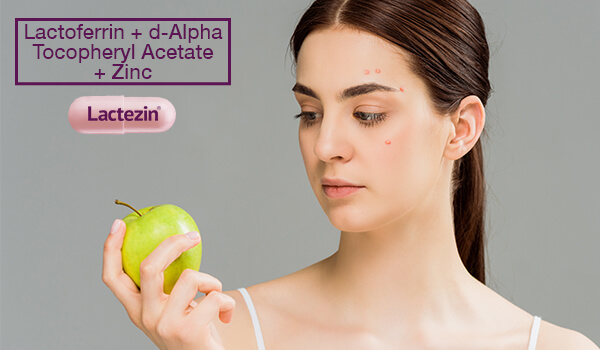Here’s Why The Whiteheads on Your Nose Keep Coming Back

Here’s the thing about whiteheads on the nose: just when you think you have your whitehead problem under control, they come right back up. But why are these a recurring problem and how can you keep them from coming back? Here we explore the possible reasons why this keeps happening and what you can do to keep whiteheads at bay.
A closer look at whiteheads
Before we delve into the problem, let’s try to recall exactly what whiteheads are so we know exactly how to treat them.
Also considered a type of acne, whiteheads are pores that stay closed at the surface of the skin, blocked by dead skin cells and excess sebum. Whiteheads are easy to spot, the telltale sign being a small white bump on the surface of the skin. They commonly occur on the nose and forehead but they can appear anywhere in the body, even on your chest, shoulders, arms, and back.
Now, the combination of excess oil and dead skin cells can make your pores a breeding ground for whiteheads. This is why the nose and other oily parts of your T-zone are prone to whiteheads because this type of acne feeds on the overproduction of oil.
Certain life stages, particularly puberty, pregnancy, menstruation, and menopause can increase the amount of sebum the pores produce. Research has also shown that genetics play a role in the formation of acne. Meaning, if someone in your family suffered from acne problems, you are most likely to have it too.
Why do I keep getting whiteheads on my nose?
Don’t you just hate it when your nose is smooth and blemish-free for a few days, only to have your whitehead problem come back? To keep this cycle under control, let’s take a look at what could be behind recurring whiteheads on the nose:
1. You keep squeezing your whiteheads out.
Time and time again, experts warn you against popping pimples and the same is true for squeezing out your whiteheads. It may be satisfying to do, but it may actually be making it worse. By doing this, you force your skin open to expel its contents, which can create a portal for infection-causing bacteria to enter, creating more whiteheads, and possibly even blackheads and pimples.
2. You keep touching your nose.
It may be time to start paying attention to this particular habit. Remember that whiteheads are caused by the buildup of oil and debris on the skin, so touching your face with dirty hands can add unwanted bacteria to the mix. If you have a hard time controlling this habit, make sure you clean your hands with sanitizer before doing so. Also, if you wear glasses, clean them regularly and pay extra attention to the part that’s touching your nose.
3. You may need to change your face mask.
Wearing face masks is part of the new normal but as masks offer much-needed protection from viruses, it can also irritate the skin and cause breakouts– including whiteheads on the nose. Keep a rotation of masks on hand to ensure you’re always wearing a clean one. If you’re using a washable mask, stick to fragrance-free laundry detergent that won’t irritate the skin.
4. You’re using the wrong skincare products.
A good skincare rule to remember if you have oily or acne-prone skin is to avoid products with thick, creamy textures, as well as heavy oils. These heavier products tend to clog the pores, which can lead to whiteheads. Stick to gels, light serums, or thin lotions that are quickly absorbed by the skin.
5. You’re using the wrong makeup– or not removing it properly.
Similar to the skincare rule, thick, creamy, fragrance-loaded, comedogenic makeup then you may be making your whitehead problem worse. Heavy makeup aggravates already existing breakouts and can trigger more. So keep it light, oil-free, and clean. Also, take care to remove your makeup at the end of the day and pay extra attention to your nose and other parts where you may be more prone to acne.
6. You’re not exfoliating your skin (or doing it too often).
Exfoliating can be a tricky thing so you need to pay attention to how your skin responds. Doing this helps get rid of any excess skin cells that your pores can’t remove on their own, so it’s recommended that you use a gentle exfoliant on your entire face 1-2 times a week. However, you also need to be careful of over-exfoliating– this can aggravate the oil glands and cause them to produce more pore-clogging oil.
Treat whiteheads from within with the help of Lactezin
Good skincare habits are essential to managing whiteheads and other types of acne. Along with a good acne management routine and a healthy lifestyle, you can also treat whiteheads, blackheads, and acne from within with the help of Lactezin.
Lactoferrin + d-Alpha Tocopheryl Acetate + Zinc (Lactezin is an over-the-counter drug powered by Lactoferrin, Vitamin E, and Zinc which all help treat different kinds of acne problems including whiteheads.
Results are based on clinical studies and may vary depending on the individual.
SOURCES:
https://www.self.com/story/is-popping-pimples-bad
https://www.primoderm.com/tips/face-tips/whiteheads-on-nose-keep-coming-back/


